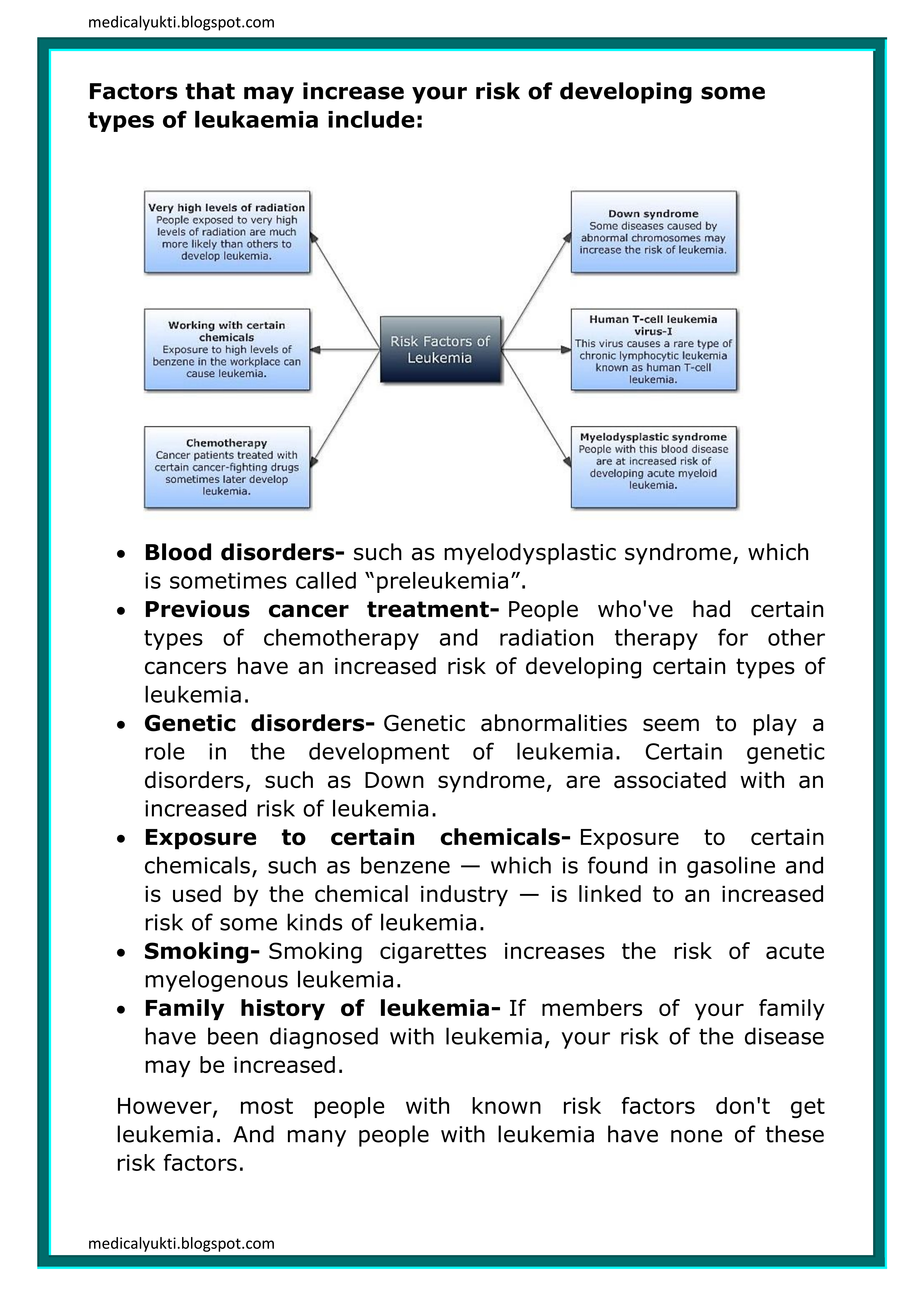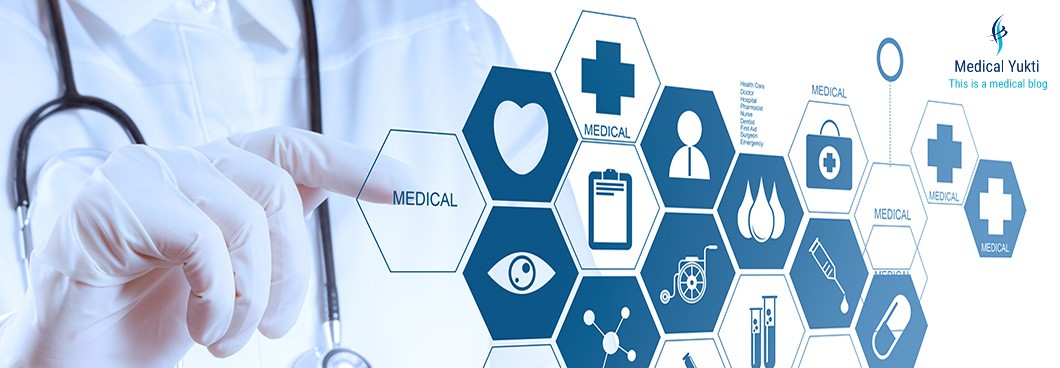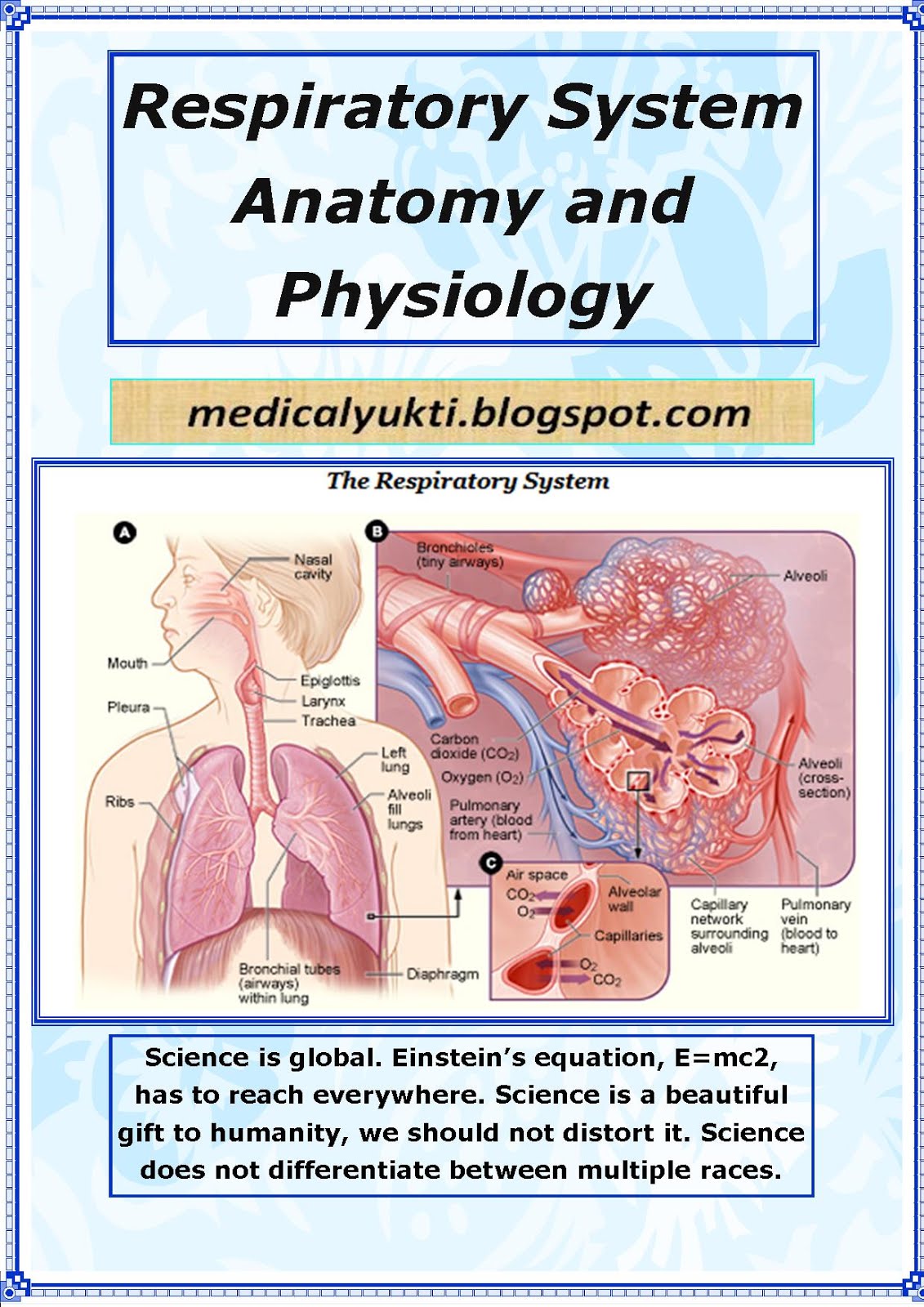Acute lymphocytic leukemia (ALL), also called acute lymphoblastic leukemia and acute lymphoid leukemia, is a blood cancer that results when abnormal white blood cells (leukemia cells) accumulate in the bone marrow.
ALL progresses rapidly, replacing healthy cells that produce functional lymphocytes with leukemia cells that can't mature properly. The leukemia cells are carried in the bloodstream to other organs and tissues, including the brain, liver, lymph nodes and testes, where they continue to grow and divide. The growing, dividing and spreading of these leukemia cells may result in a number of possible symptoms.
ALL is typically associated with having more B lymphatic cells than T cells. B and T cells play active roles in preventing the body from infections and germs and destroying cells that have already become infected. B cells particularly help prevent germs from infecting the body while T cells destroy the infected cells.
ALL can occur at any age, but acute lymphocytic leukemia incidences occur most frequently in people under the age of 15 or over the age of 45. Although ALL makes up the largest percentage of leukemia diagnoses in children under the age of 15 (specifically between the ages of two to four), it is rare for adults to develop this disease.



























































